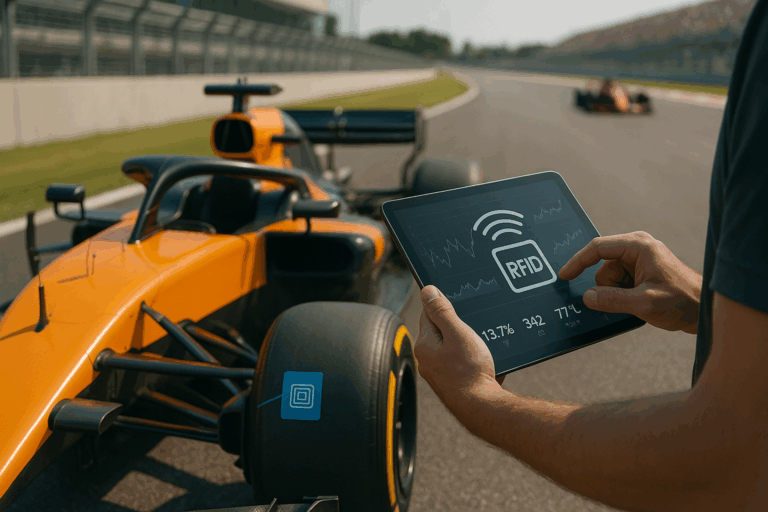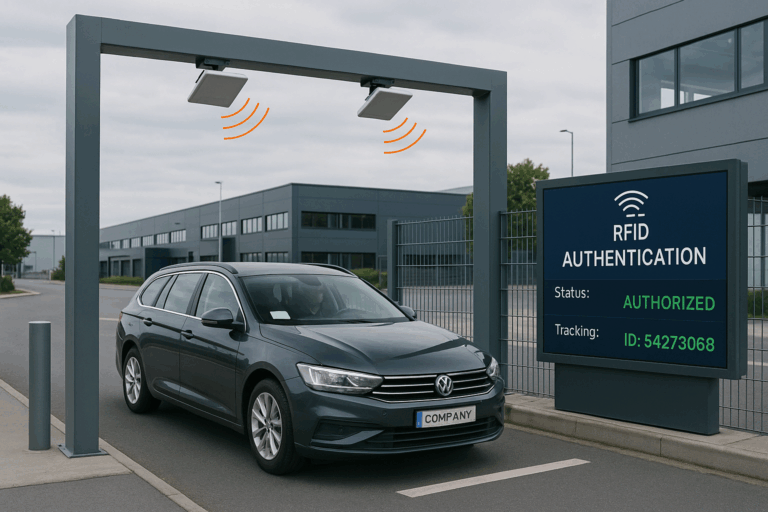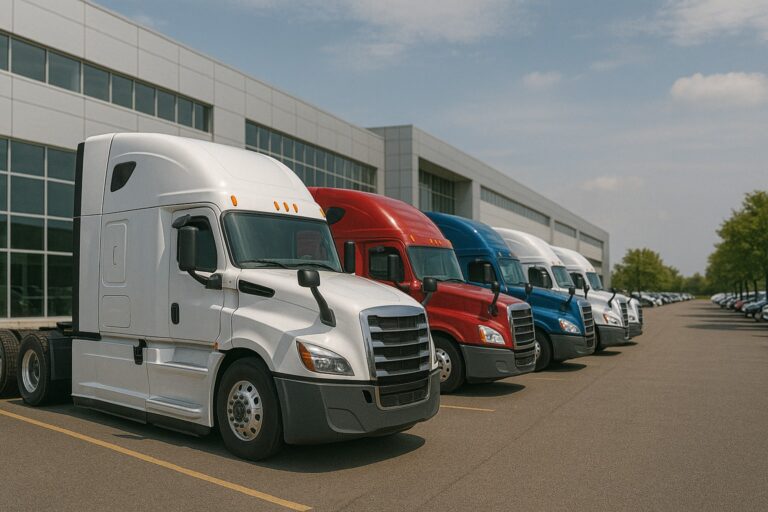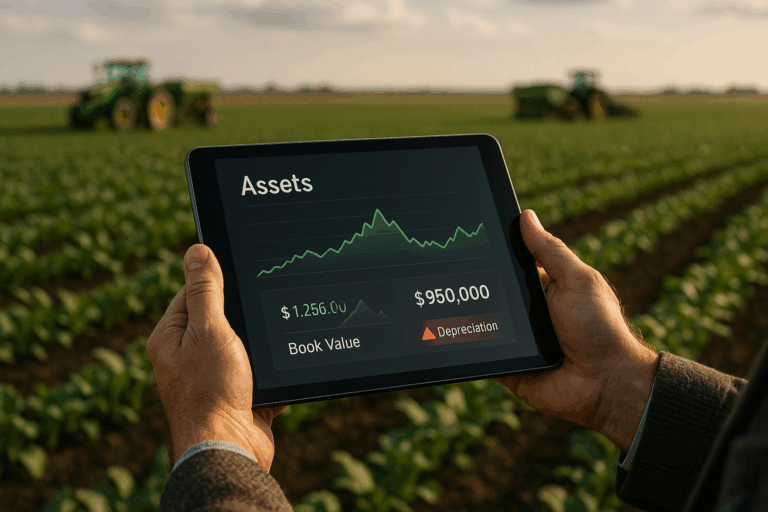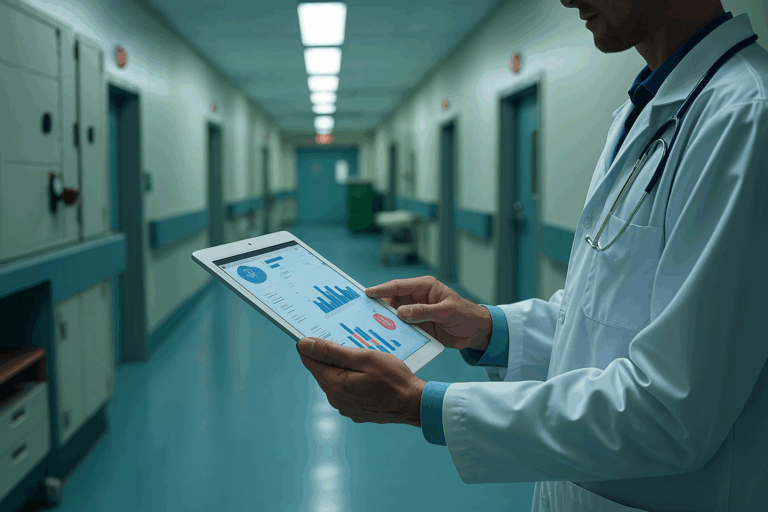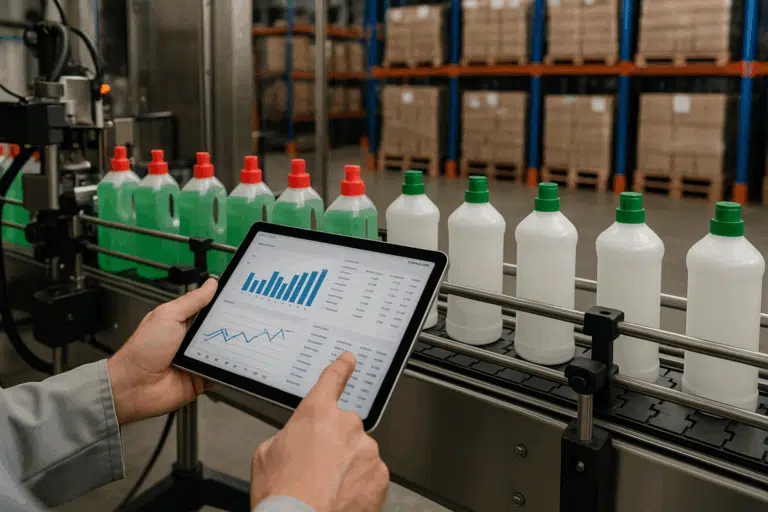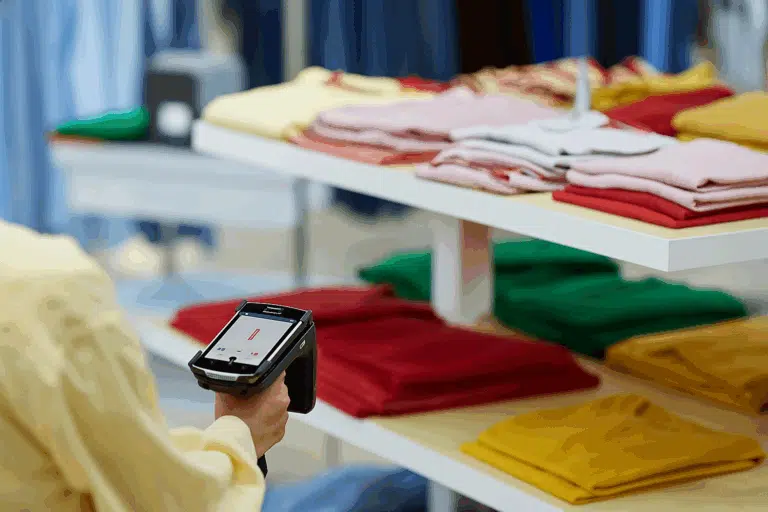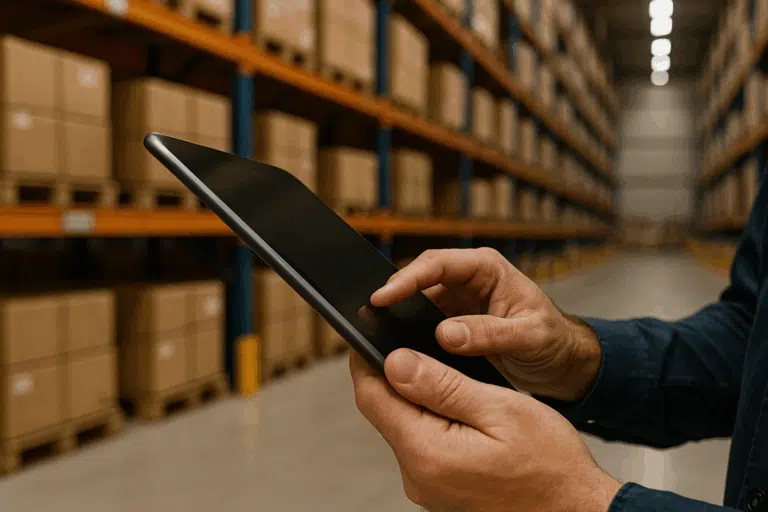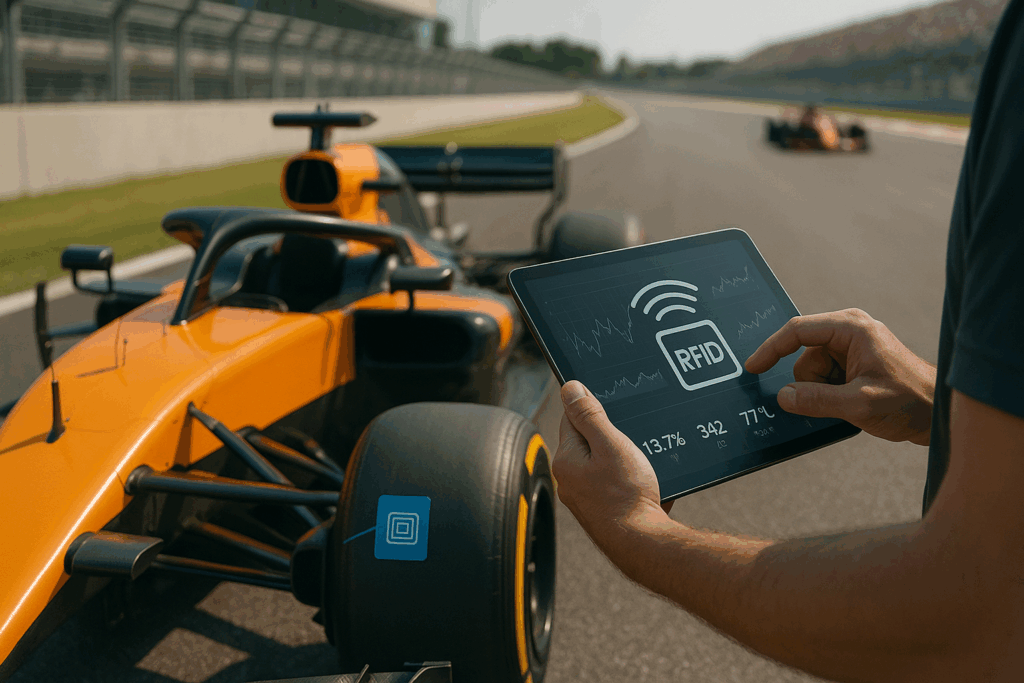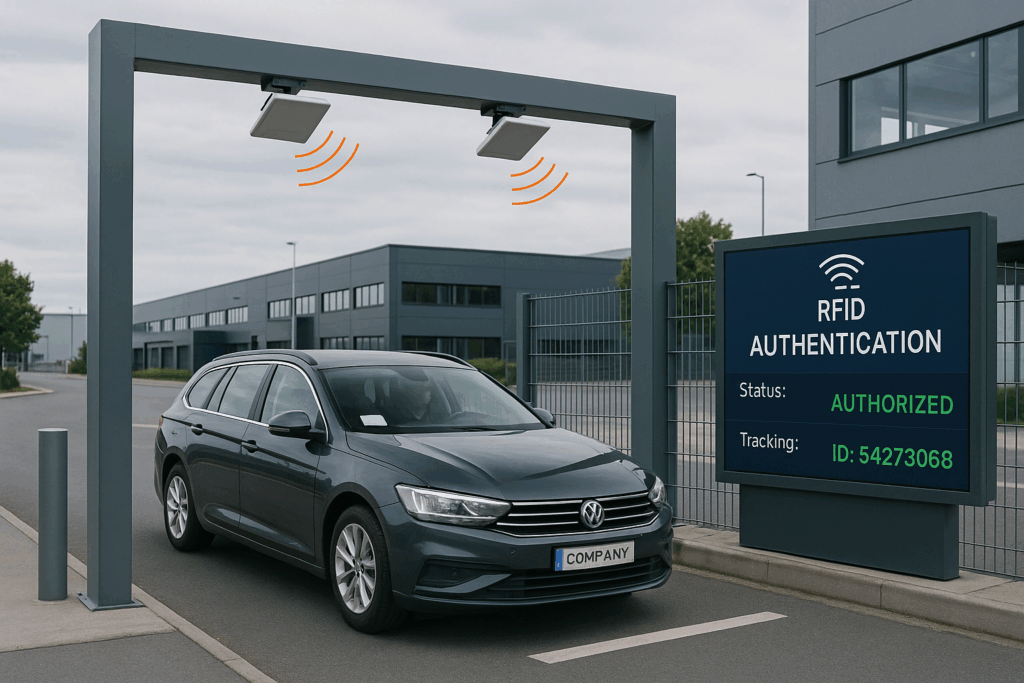Did you know RFID-based bus ticketing machines have cut costs for public transit worldwide? They’ve made boarding faster and smoother. This change has made public transport more efficient.
RFID technology is changing public transport in big ways. It lets transit operators understand how passengers move and act. This info helps them improve their services. Plus, it makes traveling safer and easier to manage.
Table of Contents
ToggleKey Takeaways
- RFID-based ticketing systems significantly reduce operational costs for public transit systems.
- The adoption of RFID technology in public transit is on the rise, offering a contactless payment solution widely accepted by passengers.
- RFID ticketing machines enhance the speed and efficiency of boarding processes, reducing wait times.
- Improved security with RFID technology minimizes the risk of theft and fraud in public transit.
- Integration capabilities of RFID systems support convenient and unified travel experiences.
Introduction to RFID Technology in Public Transit

Using RFID technology for public transportation changes how cities manage travel. About 62-66% of people use buses a lot. RFID in transit makes paying fares easier with a contactless system.
RFID cards are given to everyone. Each card has a special ID linked to an internet database. These cards work up to 10 meters away.
Validation devices use this tech for bus tickets. It lets people easily buy and add value to their RFID cards. This makes paying on buses, trains, and metros smooth.
The RFID Reader MFRC 522 is key to this system. It works at 13.56 MHz and reads tags close by. This makes the transit network better and more reliable.
RFID technology in public transit brings big benefits. It saves money on tickets and makes tracking easier. Cities like London and Shanghai use it in buses and trains.
These cities have real-time bus info systems. They show how RFID can change public transit for the better.
RFID has many good points. It’s cheap, easy to use, and lasts a long time. Switching to RFID makes public transit better and greener.
Benefits of RFID in Ticketing Systems
Using an RFID-based ticketing system in public transport has many perks. It makes things faster and more secure. It also makes buying tickets without touching them, which makes things smoother for everyone.
Speed and Efficiency
RFID in ticketing makes boarding faster and helps with being on time. In Delhi, over 2.5 million people use the metro every day. RFID helps avoid delays, making things run smoother.
It also makes buying tickets without touching them, which helps during busy times. This means less waiting and more room on the bus. RFID also helps keep track of how things are running, making sure services are top-notch.
Security and Fraud Prevention
Switching to RFID-based ticketing is a big step up in security. It cuts down on manual checks, making things less open to fraud. Plus, it supports buying things without cash, which lowers the risk of losing money.
In India, with over 2.2 million buses, this is a huge plus. It boosts security and makes things run better. Transactions are quick and work without problems, making everything more efficient.
RFID-based Ticketing System Overview

An RFID ticketing system makes fare collection in public transport smooth and efficient. It replaces old paper tickets, cutting down on long lines at ticket counters. This makes paying for transport faster and easier for everyone.
The RFID-based ticketing for public transport system uses RFID cards or mobile devices. Passengers just tap their RFID device for quick, secure payments. This cuts down on cash use, making fare collection easier for both operators and passengers.
For this system, you need a strong database server with lots of disk space. It should have over 500 GB, more than 2 GB of memory, and a fast processor. You also need the .Net framework 4.0 or higher and SQL Server 2008 for the software.
The RFID public transport pass reduces errors and effort with automation. It supports cashless payments and digitalization. With GPS, it tracks vehicles and passengers accurately, making it more efficient.
The RFID ticketing system has many benefits. It cuts down on lines, does some ticket processing ahead of time, offers eco-friendly PDF tickets, and lets passengers check travel info anytime, anywhere. These features make ticketing smoother and improve the passenger experience, making travel easier and less stressful.
This system is changing the way we think about tickets, offering a cashless and easy-to-use experience for commuters in the 22nd century. It lets passengers see their travel history, recharge cards, and block lost ones. This ensures a safe and efficient trip for all.
With RFID, GPS, and an Arduino microcontroller, the system is reliable and long-lasting. It supports smart city projects and encourages digital growth.
How RFID-based Ticketing Enhances Convenience
The CPCON Group leads in RFID-based ticketing for public transport. This tech has made things smoother and easier for passengers.
Reducing Long Lines
RFID ticketing cuts down on long lines at transit spots. It’s faster than old ways, making waiting times shorter. Now, with just a tap, many passengers move quickly through lines.

Eliminating Physical Tickets
RFID tech also means no more paper tickets. Now, people use smart cards or mobile payments. This makes traveling smoother and cuts down on theft and fraud risks.
JYL-Tech leads in making these smart cards. They use RFID tech for reliable and efficient travel.
| Benefit | Details |
|---|---|
| Cost Savings | RAM saves transportation organizations costs due to the absence of mechanical parts that can wear out. |
| Efficiency | Quicker ticket validation reduces waiting times, handling several million passengers daily. |
| Paperless Experience | Eliminates physical tickets, reduces risk of theft and fraud. |
Integration of RFID Ticketing with Other Transit Systems

RFID ticketing makes transport systems work better together. It links fare collection, passenger info, and fleet management into one strong system. This makes public transport more efficient and reliable.
Fare Collection
RFID fare systems offer safe, touchless payments. This cuts down on human work and speeds things up. It also means no more cash or paper tickets, helping the planet.
Using RFID in public transit means all fares are collected well. This helps transport authorities make more money.
Passenger Information Systems
RFID tech helps with real-time updates on schedules and routes. This makes planning trips easier for commuters. It also helps in managing routes better, making public transport smarter.
Fleet Management
RFID helps track vehicles in real-time. It schedules maintenance and uses resources well. This way, transport authorities can keep vehicles ready and reliable. It makes the public transport system work better.
Case Studies of RFID Ticketing Solutions for Transportation
In the world of public transport, RFID technology has brought big changes. Let’s look at some case studies in RFID that show how big of an impact it has.
Tamilnadu, Mumbai, and Delhi: These cities in India have 10-15 million people using public transport every day. They’ve started using RFID cards for payments. This has made things faster and safer. The system uses many parts like a microcontroller, sensors, RFID readers, and more. This has made things run better.

Dutch Public Transportation System: A study in the Netherlands used special software to look at how people move around. It looked at four months of data from different ways of getting around. The goal was to make the system work better for everyone. This shows how RFID technology for ticketing helps make smarter decisions.
Simulations in Proteus 8 Professional Software: Researchers tested systems with sensors and RFID readers. They used a special software to see how everything works together. This helped them understand how to make RFID-based ticketing for public transport systems better.
| City/Region | Daily Users | Technological Components | Notable Outcomes |
|---|---|---|---|
| Tamilnadu, Mumbai, Delhi | 10-15 million |
| Improved security and transaction efficiency |
| Netherlands | N/A (National Study) |
| Maximized operational effectiveness |
These case studies in RFID show how RFID ticketing is changing transportation. It’s making things smoother in India and helping make better decisions in the Netherlands. RFID technology is changing how we think about public transport worldwide.
Challenges and Solutions in RFID Ticketing Implementation
RFID-based ticketing for public transport has many benefits like speed and efficiency. But, it also has challenges. Knowing these challenges is key to making ticketing better.
One big challenge is making systems work together. Public transport often has old systems that don’t work with RFID. This can cause delays and cost more money. We solve this by looking at what’s already there and making new solutions.
Getting people to use the new system is another challenge. People like the old ways. We help by telling the public about the new system and helping them during the change. Teaching programs and help on-site work well to get people to use RFID.
Worries about data security and privacy are big concerns. RFID tickets are more secure than old ones, making fraud less likely. But keeping passenger data safe is very important. We use strong encryption and update our security often to protect data.
Starting RFID can cost a lot of money. But, the benefits like saving on maintenance and getting better data make it worth it. For example, RFID systems need less upkeep than old ones. We also offer ways to pay for it over time to help with costs.
We use our knowledge to tackle these challenges with a detailed plan:
- Comprehensive System Analysis: We check current systems to make sure they work well together.
- User Education Programs: We have special programs to help and teach users.
- Advanced Security Measures: We use strong encryption and ways to protect data.
- Cost-Benefit Analysis: We focus on the long-term gains and plan finances carefully.
By looking at all these areas, we make sure moving to RFID ticketing goes smoothly. With 25 years of experience in managing inventory and assets, we’re ready to make ticketing better for public transport.
Future Trends in RFID Ticketing for Public Transport
RFID ticketing is changing fast, bringing new ways to use public transport. Mobile ticketing is getting popular because more people use smartphones. This shift to mobile is easy and good for the planet, fitting with the need for green solutions in transport.
RFID is also changing event tickets, especially for big events and festivals. These changes are coming to public transport too, making things run smoother and safer. We’ll see more personalized experiences thanks to advanced tech like data analytics and AI. This will make passengers happier and more connected.
Using blockchain to fight ticket fraud and scalping is another big move. Blockchain makes RFID tickets secure, which is key for trust in public transport.
New tech like smart wristbands and augmented reality glasses are also big news. They work well with RFID, making travel better and more fun. These gadgets give real-time info, helping manage crowds and keep everyone safe.
Making things easier for People with Disabilities (PWD) is a big goal. Studies show that easy-to-use ticketing like BIBO and CIBO helps everyone, including those with disabilities.
The market looks promising, with smart ticketing expected to jump from USD 10.80 billion in 2023 to USD 32.31 billion by 2032. This shows how much RFID ticketing is set to grow. It highlights the move to contactless and mobile in public transport.
Dynamic pricing, made possible by RFID, could change how tickets are sold. It balances prices during busy and quiet times. This approach meets consumer needs better, making fare collection smarter.
In short, RFID ticketing is getting more advanced and working with new tech. This means better efficiency, security, and happiness for passengers. It’s all about meeting the high standards of today’s travelers.
Advantages of RFID in Public Transport Ticketing
RFID-based ticketing changes how public transport works. It makes things run smoother and makes passengers happier. This new tech is a big step up from old ticketing ways.
Improved Data Collection and Analysis
RFID ticketing is great for collecting and analyzing data. It uses wireless cards instead of cash or paper tickets. This means transit groups can learn a lot about how people move and use tickets.
This info helps them make better plans. For example, they can find out where things get slow and fix it. This makes riding the bus or train faster and easier.
RFID also makes it easy to add more money to your ticket. This means you can keep moving without stopping to pay. It makes traveling a breeze.
Enhanced Passenger Experience
RFID ticketing makes getting on the bus or train quicker and easier. You don’t need to show your ticket or wait in line. This means you get where you’re going faster.
This is key for moving lots of people. It also helps keep things safe and in order. Plus, it makes sure the transit system runs well.
By using smart ticketing, transit groups make riding public transport better. This makes customers happier and more loyal.
Real-World Examples of RFID-based Ticketing Success
We have a lot of experience with public transport ticketing solutions. We’ve seen many RFID projects around the world do well. Let’s look at some examples that show how RFID has made ticketing better.
In India, RFID tags and stickers were made mandatory for tolls on highways. This made traffic move faster. It also linked tolls to people’s digital wallets, making payments easy and quick.
The Cairo metro in Egypt is another great example. It handles up to 3.6 million passengers every day. It uses RFID smart cards for tickets, just like the UK’s Oyster cards. This shows how RFID can help with big public transit systems.
RFID is also used in airports worldwide to reduce wait times and make getting through easier. It helps track luggage too, making traveling better for everyone.
RFID isn’t just for public transit. For example, the Dubai Metro uses RFID for its big system. It has 74.6 km of track and 47 stations. The Delhi Metro is building a huge system too, showing how RFID helps with big projects.
In Europe, EMAR, a Polish company, uses RFID in their ticket machines. They added the TWN4 MultiTech HF Mini RFID module to their EMAR 205 cash register. This makes the device more secure and stops illegal ticket use.
These successful RFID ticketing examples show how RFID can change public transport for the better. If you want to make your transit system better, think about using RFID. Our experts can help you make your ticketing system work better and more efficiently.
Conclusion
The move to an RFID-based ticketing for public transport system is a big change. It’s making city travel better in many ways. RFID uses radio signals to make things work faster and safer.
This technology is a big step up from old paper tickets. It makes paying for rides quicker and cheaper. It also helps the planet by using less paper. Plus, it’s safer, which means less fraud.
At The CPCON Group, we know a lot about RFID technology. We’ve been working with it for over 25 years. If you want to make your ticketing better, contact an RFID expert from us. Let’s make city travel better with RFID technology.
FAQ
What is RFID-based ticketing for public transport systems?
RFID-based ticketing uses radio waves to make paying for transport easy and quick. It lets people use cards or phones to pay without cash or paper tickets. This makes traveling faster and more efficient.
How does RFID technology work in public transportation?
In public transport, RFID tags are put in cards or phones. When these tags get close to a reader, the reader checks the fare and records the payment. This happens without touching anything.
What are the benefits of RFID in ticketing systems?
RFID ticketing makes things faster and safer. It cuts down on lines and gets rid of paper tickets. It also helps with managing fares and information better.
What is an RFID-based ticketing system?
An RFID ticketing system uses RFID cards or devices for fares. Tapping the card on a reader lets passengers pay easily, without needing cash or tickets.
How does RFID-based ticketing enhance convenience for passengers?
It makes waiting times shorter and gets rid of paper tickets. It offers a quick, touch-free way to pay. This makes boarding smoother and quicker.
How can RFID ticketing be integrated with other transit systems?
RFID ticketing works well with other transit systems. It connects with fare systems, passenger info, and fleet management. This makes traveling easier and more efficient.
Are there real-world examples of successful RFID ticketing solutions?
Yes, many places use RFID ticketing successfully. For example, Telpo’s validators are used worldwide. They show how RFID makes transport efficient, secure, and easy.
What challenges might arise during RFID ticketing implementation, and how can they be addressed?
Challenges include making systems work together and getting people to use it. These can be fixed with new ideas, careful planning, teaching users, and a step-by-step introduction.
What are the future trends in RFID ticketing for public transport?
The future looks bright with mobile use, systems for different transport modes, and better data analysis. These will make transport better and more efficient.
What are the advantages of RFID in public transport ticketing?
RFID brings better data and analysis, a better experience for passengers, more security, and quick fare processing. This makes transport reliable and easy to use.
Can you provide real-world examples of successful RFID-based ticketing systems?
Cities like London with the Oyster card and Hong Kong with the Octopus card have seen big improvements. These systems have made public transport more efficient and user-friendly.



